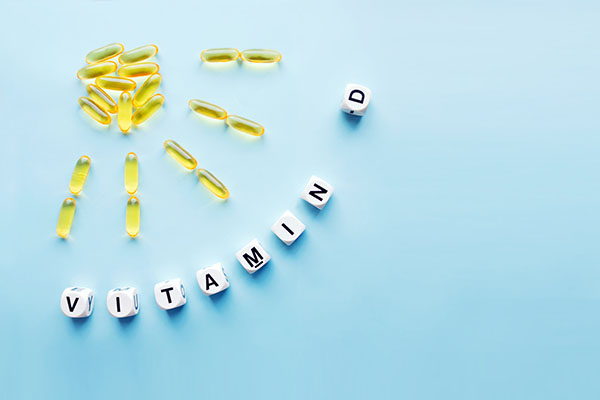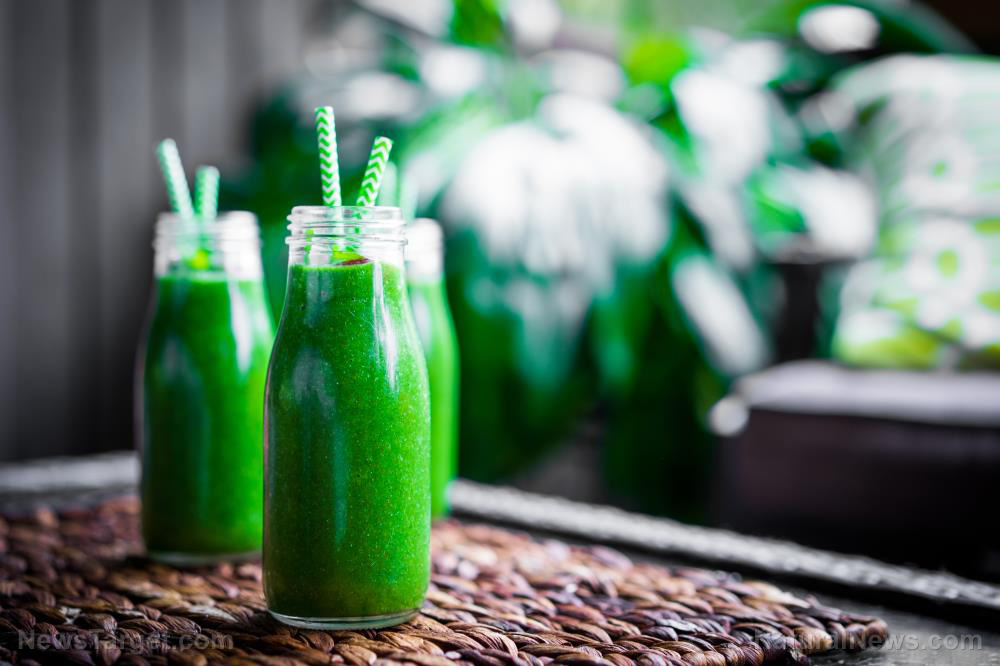
A closer look at their lists of ingredients reveals that most breakfast cereals are made from processed grains and have a high sugar content. In fact, one study published in the Journal of Public Policy and Marketing found that food packaging claims have little to no correlation to the cereal’s actual nutritional content.
The research was a combination of four studies, each evaluating different aspects of food claims, nutritional content, and how these affect consumers’ buying habits. Researchers from the US found that people are more likely to buy food based on the presence of a positive ingredient, rather than the absence of a negative one.
Moreover, researchers pointed out that consumers are easily influenced by these food claims and suggested the need for public policy changes.
Don’t rely on food claims alone
The packaging of food products changes according to the trends of consumers’ tastes. Today, there is a cry for healthier foods. The food packaging complies, but the list of ingredients says otherwise.
Breakfast cereals are particularly infamous for their packaging. Despite their poor nutritional quality, their food packaging contains a range of nutritional food claims. (Related: Obesity alert: Kids consume 10 pounds of sugar a year in their breakfast cereal.)
Despite calls to check the list of ingredients, consumers still mostly rely on the front packaging. The researchers wanted to examine the relationship between front-of-package (FOP) claims and consumer taste. They took a closer look into the factors driving each claim and how these factors affected one another.
The researchers conducted four studies, each with its own focus.
Study 1 – Researchers found that FOP claims always pointed out two things:
- Whether a positive/negative ingredient is added or removed
- Whether the addition or removal of the ingredient is nature- or science-based
Study 2 – After comparing breakfast cereals' food claims to their nutritional content, findings revealed that there was no correlation between the two.
Study 3 – Researchers found that consumers were more likely to buy a product based on the presence of a positive attribute rather than the absence of a negative one. The former, they suggested, simply made the product seem healthier and tastier.
Study 4 – Consumers had different goals when buying food (hedonic, healthy, and weight loss). The classification of claims could predict each consumer’s choice of food.
Overall, breakfast cereal FOP claims can influence which foods consumers prefer, even if their benefits are not scientifically justified.
Healthier alternatives to breakfast cereals
There are plenty of healthy, natural foods that can substitute a bowl of store-bought cereal each morning. Their ingredients are easily available, and they are easy to prepare. Try the following below:
- Oatmeal. These are one of the healthiest foods to eat. Choose whole-grain oats; they are rich in fiber, which helps a person feel full for longer. Avoid sweetened instant oatmeal because they can contain as much as 14 g of added sugar. For a bit of flavor, add fresh berries, almonds, or sliced bananas instead.
- Green smoothies. These are easy to make and have a wide range of flavors. Mix in a couple of vegetables like basil, spinach, or kale. They are an effective way to consume greens, which provide dietary fiber, calcium, vitamins, and minerals.
- Avocado toast. Toast a slice of whole wheat bread and add sliced avocados on top. Avocados contain healthy fats, which can lower bad cholesterol and improve heart health. A poached egg is an excellent addition for protein.
Consumers have to be smart about what they buy. Make sure to always check the list of ingredients and keep up to date on healthy alternatives. Find out on which ingredients to watch out for at Ingredients.news.
Sources include:
Please contact us for more information.























